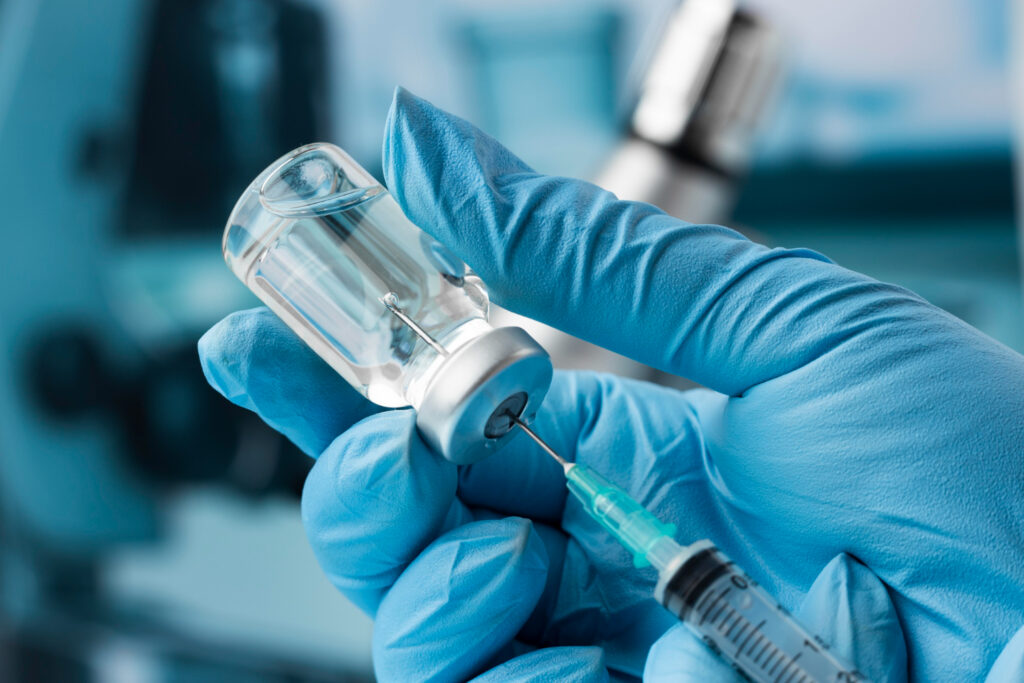Source of atropine;
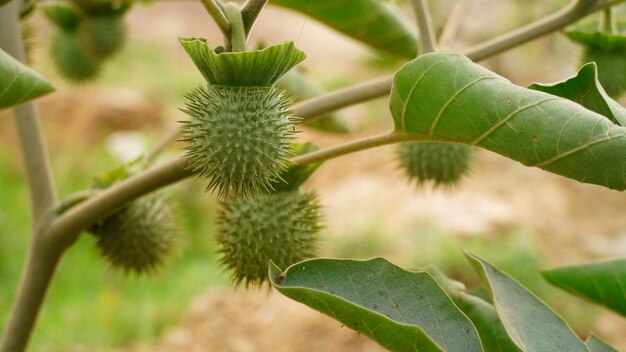
Atropine, a potent alkaloid with a rich history dating back centuries, serves as both a therapeutic agent and a botanical curiosity. Derived from specific plants within the Solanaceae family, atropine has captivated the interest of scientists, physicians, and botanists alike for its remarkable pharmacological properties and diverse applications. Let’s delve into the fascinating world of atropine and explore its natural sources.
Source of Atropine – Botanical Origins
Atropine finds its origins in the leaves, roots, and seeds of various plant species, notably members of the Solanaceae family. Among these botanical treasures, two plants stand out as primary sources of atropine:
- Deadly Nightshade (Atropa belladonna):
- Description: Atropa belladonna, commonly known as deadly nightshade or belladonna, is a perennial herbaceous plant native to Europe, North Africa, and Western Asia.
- Source of Atropine: The leaves and roots of Atropa belladonna contain significant concentrations of atropine, along with other tropane alkaloids such as hyoscyamine and scopolamine.
- Historical Significance: Deadly nightshade has a long history of medicinal and toxicological use, dating back to ancient civilizations. It was once employed as a poison and potion ingredient, as well as a therapeutic agent for various ailments.
- Jimsonweed (Datura stramonium):
- Description: Datura stramonium, also known as jimsonweed, devil’s snare, or thornapple, is a highly toxic and hallucinogenic plant found worldwide in temperate and subtropical regions.
- Source of Atropine: Jimsonweed contains atropine primarily in its seeds and leaves, alongside other alkaloids with psychoactive properties.
- Cultural Significance: Throughout history, Datura species have been revered and feared for their hallucinogenic effects and toxic potential. They have been used in religious ceremonies, traditional medicine, and as recreational drugs, albeit with significant risks.
Extraction and Production
The extraction of atropine from its botanical sources involves careful harvesting, processing, and purification to isolate the alkaloid from other plant components. The process typically entails the following steps:
- Harvesting: Leaves, roots, or seeds of the respective plant species are collected at the appropriate stage of growth, usually when alkaloid concentrations are highest.
- Extraction: The plant material undergoes extraction using solvents or other methods to dissolve and extract the alkaloids, including atropine, from the plant matrix.
- Purification: The crude extract is subjected to purification techniques such as chromatography or crystallization to isolate atropine in its pure form from other alkaloids and impurities.
- Formulation: Purified atropine may be further processed and formulated into pharmaceutical preparations, including injectable solutions, eye drops, or oral tablets, depending on the intended use.
Pharmacological Applications
Atropine’s pharmacological properties make it a valuable tool in modern medicine, with diverse applications across various medical specialties:
- Ophthalmology: Atropine is used in ophthalmic formulations to dilate the pupil (mydriasis) and temporarily paralyze the ciliary muscle, facilitating eye examinations and surgeries.
- Cardiology: In cardiac emergencies, atropine may be administered to increase heart rate (positive chronotropic effect) and atrioventricular conduction, particularly in cases of bradycardia or heart block.
- Anesthesia: Atropine is sometimes used as a premedication to reduce salivation and respiratory secretions and prevent bradycardia during anesthesia induction and surgery.
- Poisoning: Atropine serves as an antidote for poisoning by certain toxic substances, including organophosphate insecticides and nerve agents, by blocking the effects of acetylcholine at muscarinic receptors.
Atropine source And Belladonna story
Once upon a time, in the lush meadows of ancient Europe, there grew a plant with dark, glossy leaves and sinister purple berries known as deadly nightshade, or belladonna. Despite its ominous reputation, belladonna held a secret within its leaves – a potent alkaloid known as atropine.
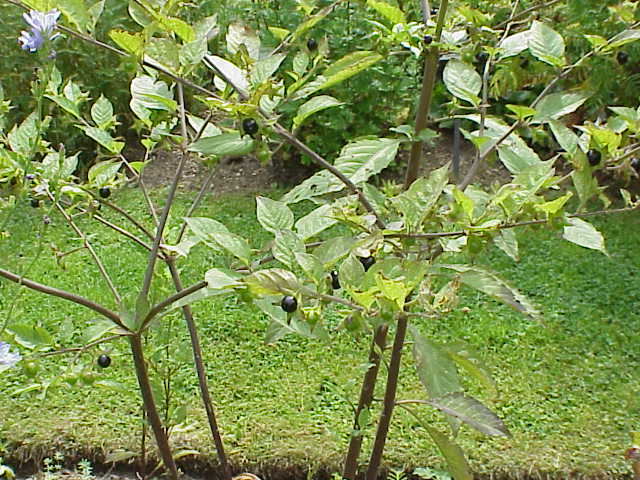
In the heart of medieval villages, wise women and cunning healers brewed potions and poultices infused with belladonna, harnessing its mysterious powers for both healing and harm. Legends whispered of witches who danced under the moonlight, wielding belladonna as a tool of enchantment and divination.

As the centuries passed and civilizations rose and fell, belladonna’s fame spread far and wide. In the Renaissance courts of Europe, ladies of high society sought to enhance their beauty by dilating their pupils with belladonna extracts, oblivious to the dangers that lurked within.
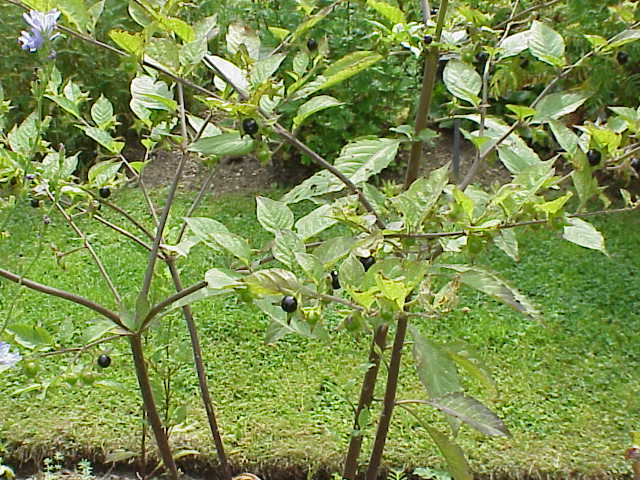
But it was in the realm of medicine that belladonna truly found its calling. In the 19th century, pioneering physicians and daring scientists began to unravel the mysteries of this enigmatic plant. They discovered atropine’s remarkable ability to dilate the pupil and paralyze the ciliary muscle of the eye, revolutionizing the field of ophthalmology.
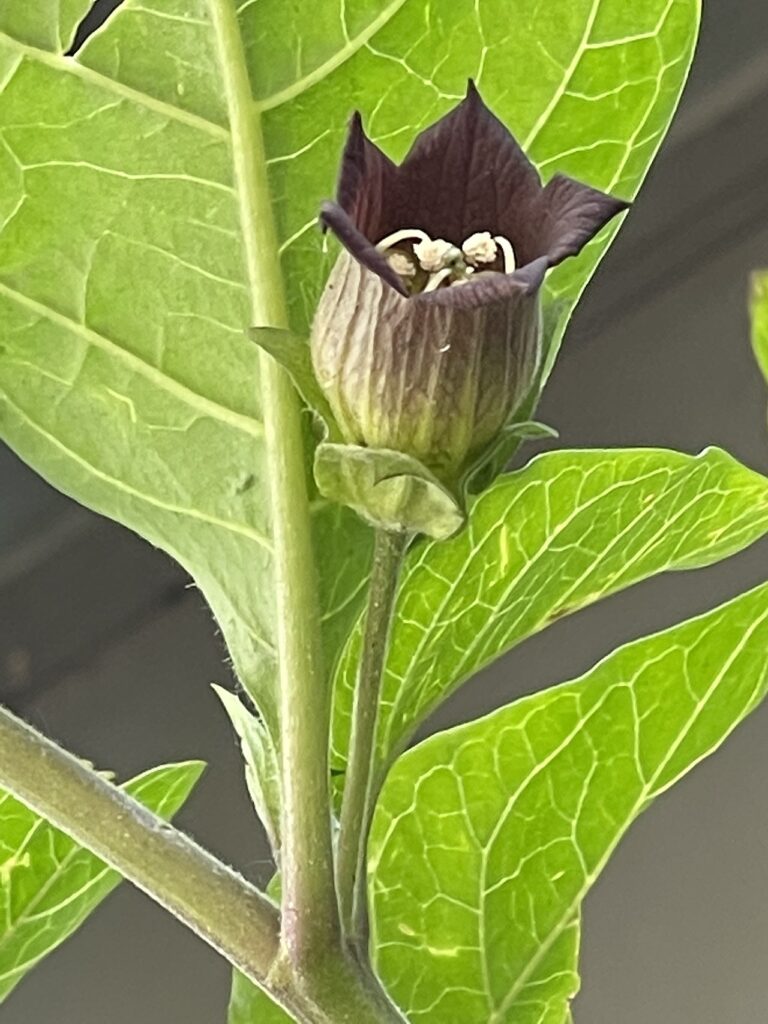
With newfound knowledge and precision, ophthalmologists wielded atropine like a magician’s wand, guiding the eyes of their patients to clearer vision and brighter horizons. From the diagnosis of ocular diseases to the treatment of childhood amblyopia, atropine emerged as a trusted ally in the quest for sight and clarity.
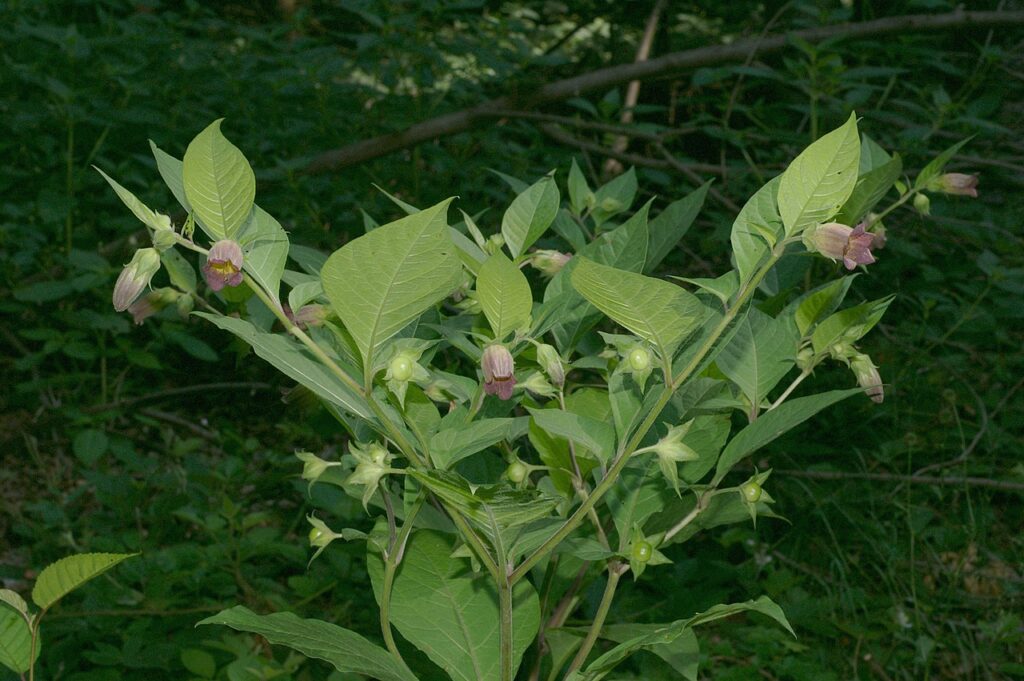
Today, the story of atropine continues to unfold, with modern medicine refining its applications and unlocking new frontiers. From the laboratories of pharmaceutical companies to the operating rooms of hospitals, atropine remains a beacon of hope and healing, a testament to the enduring power of nature’s pharmacological treasures. And as belladonna blooms in the moonlit gardens of the world, its legacy lives on, woven into the tapestry of human history and the fabric of medical science.
Conclusion
Atropine, sourced from botanical treasures such as deadly nightshade and jimsonweed, continues to play a vital role in modern medicine and pharmacology. Its remarkable pharmacological properties, coupled with meticulous extraction and production processes, underscore its status as a natural pharmacological treasure. As we continue to explore the depths of nature’s bounty, atropine remains a shining example of the profound synergy between botanical wisdom and scientific innovation.
